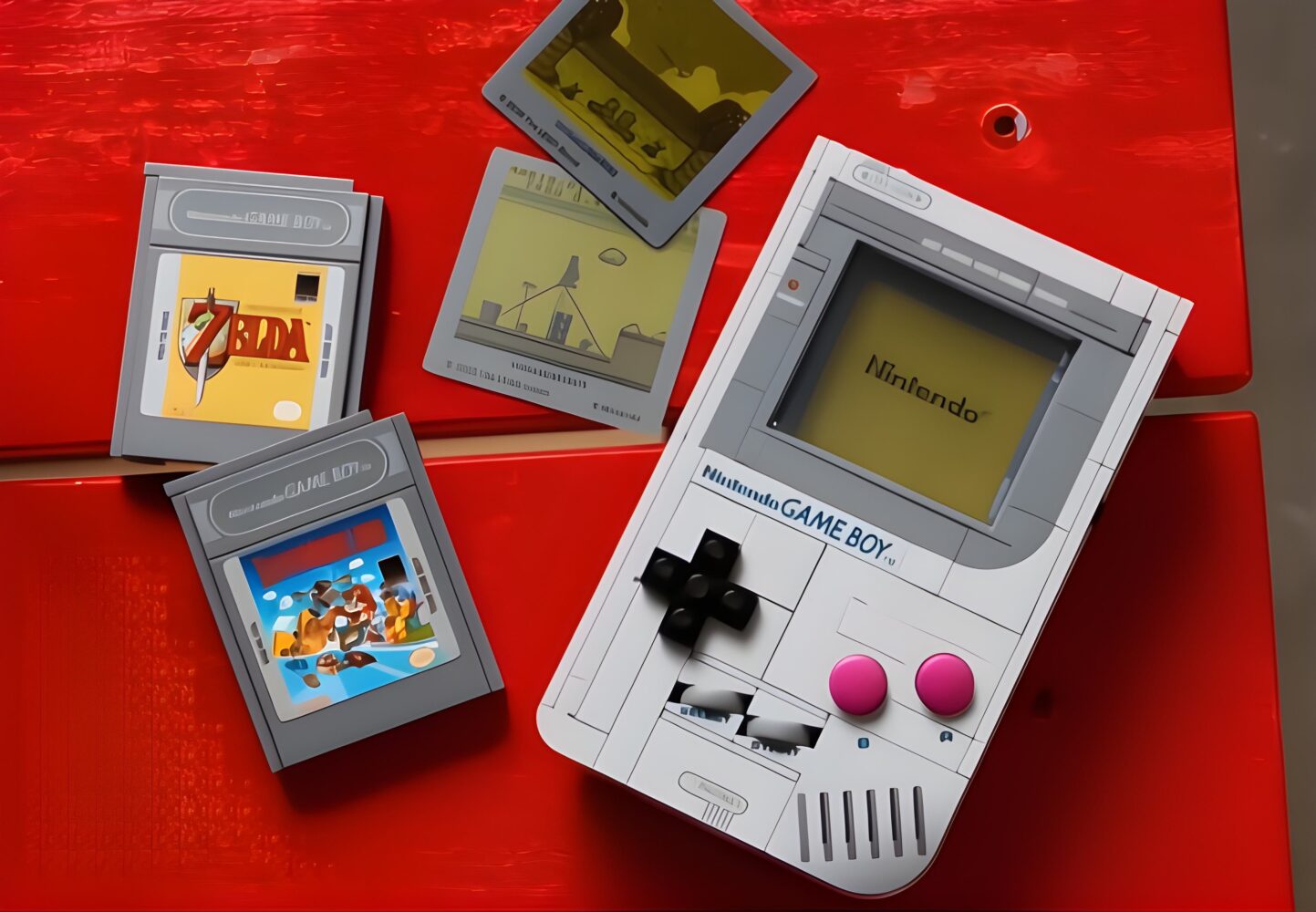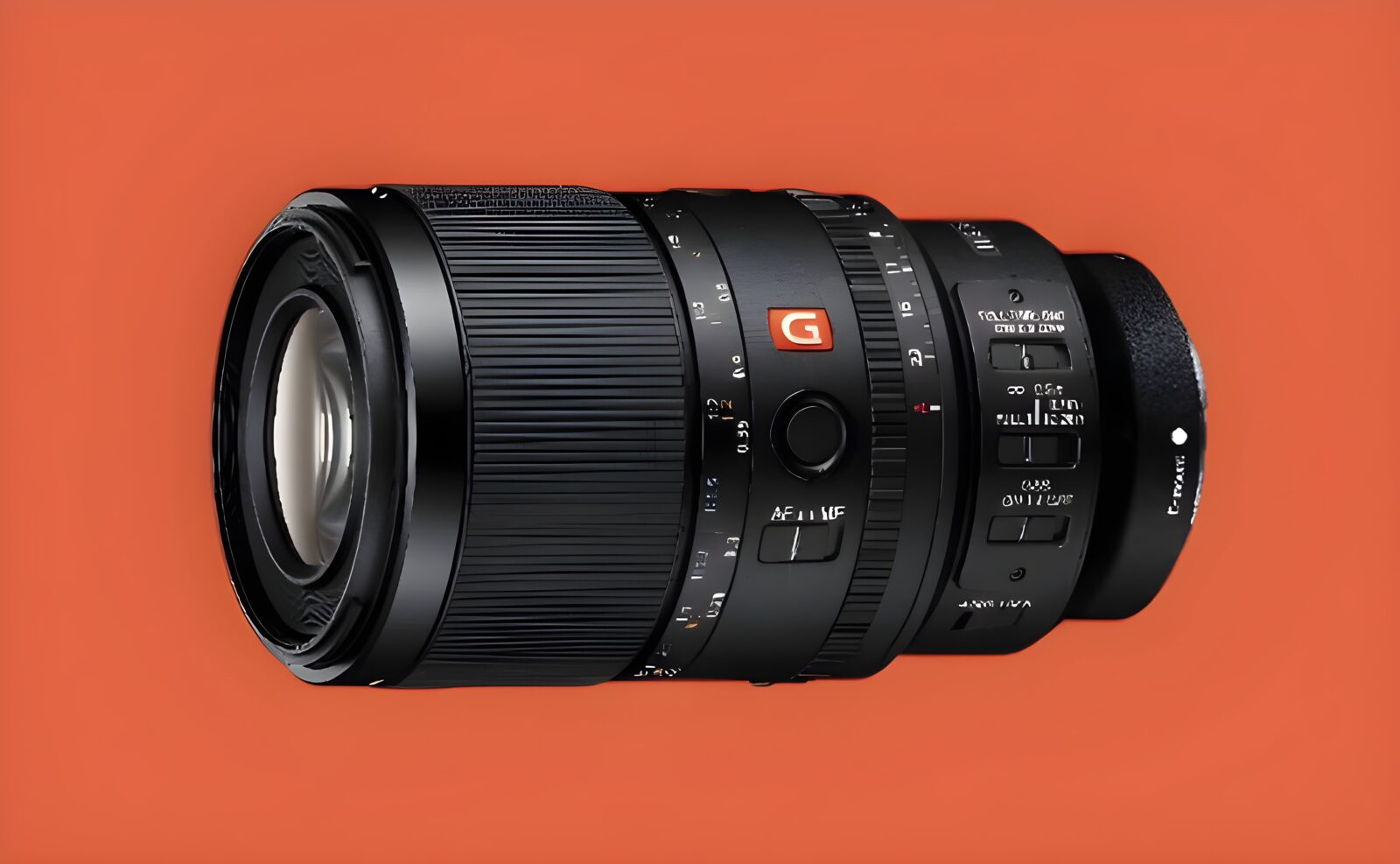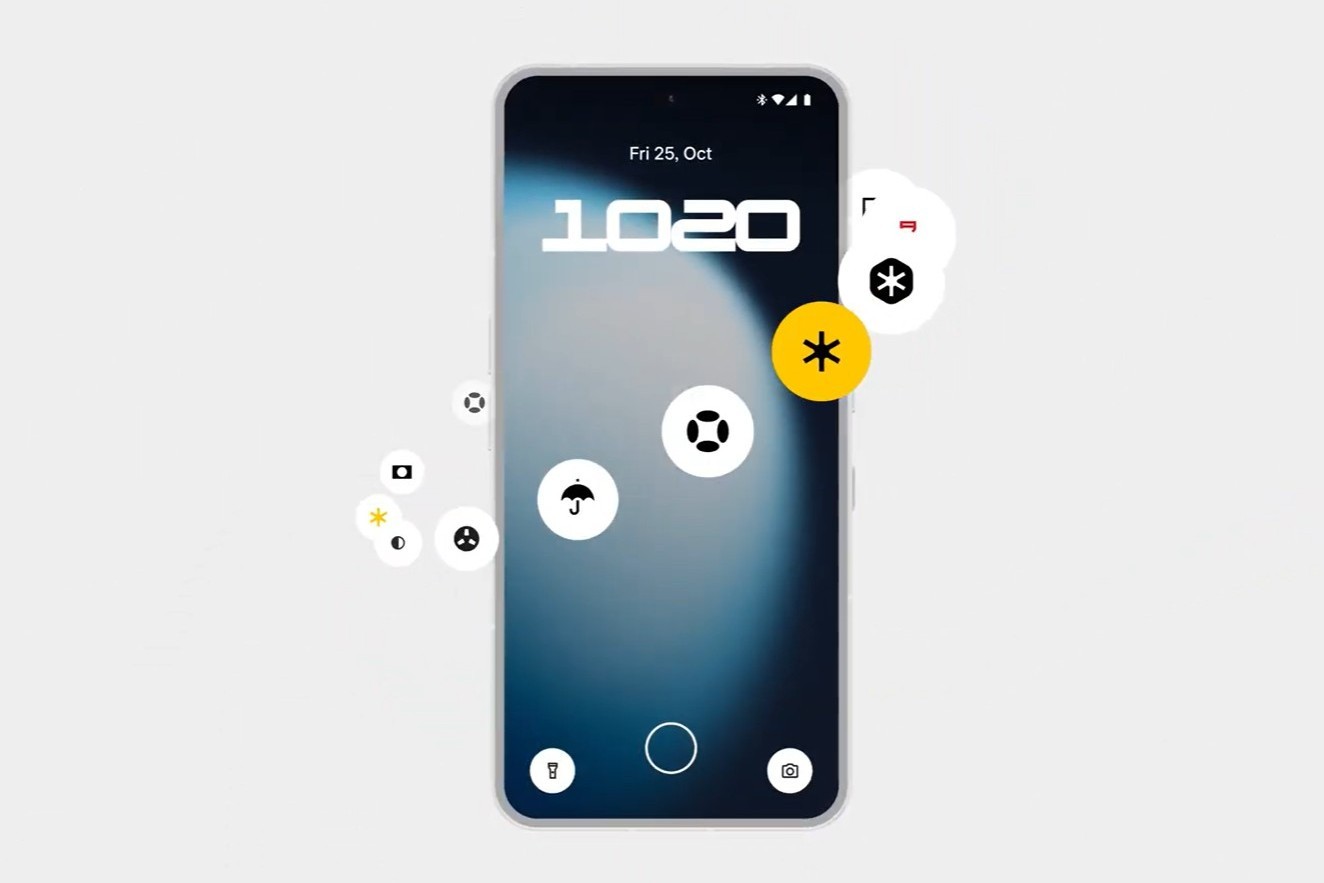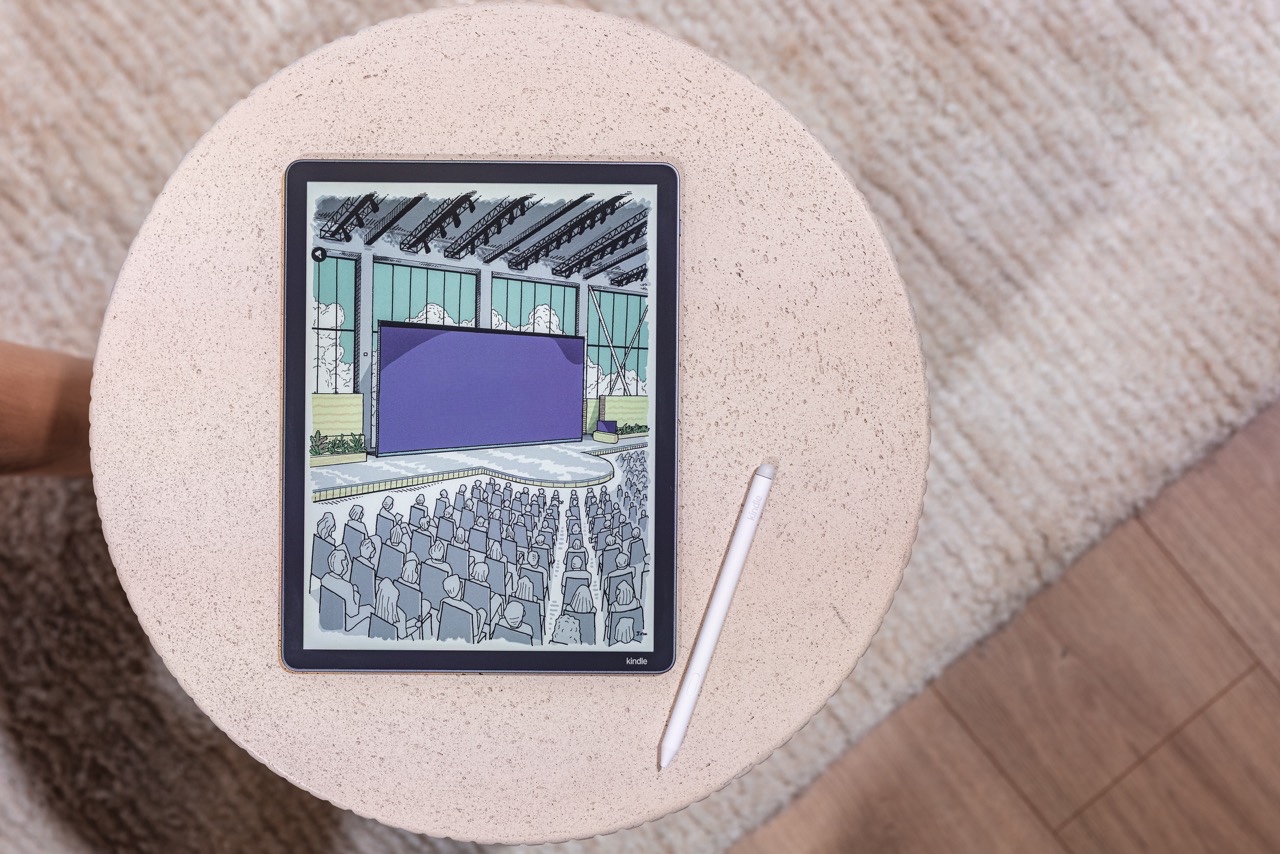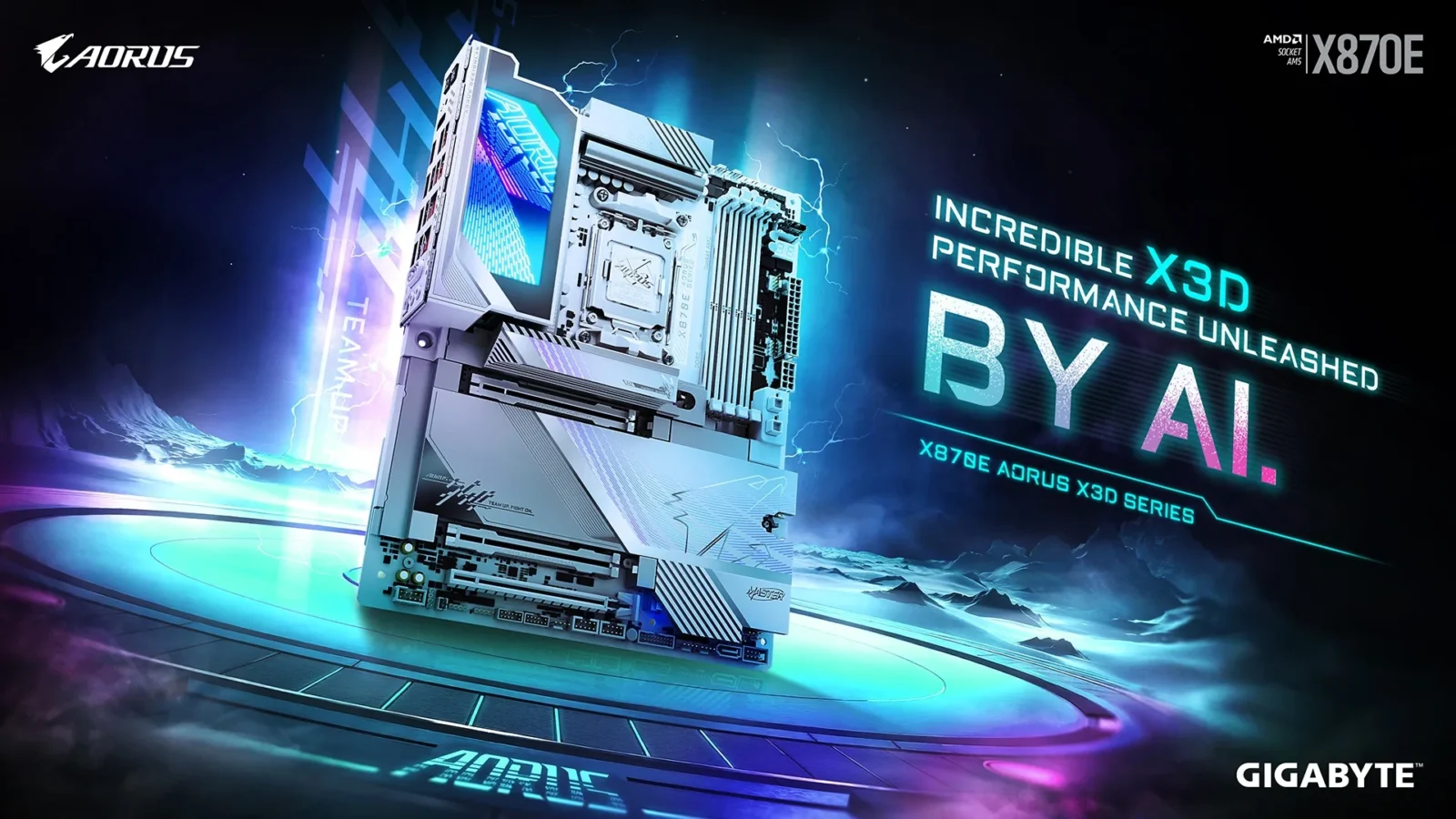TL;DR: The LEGO Game Boy is a nostalgia powerhouse. It’s affordable, beautifully designed, and captures the essence of Nintendo’s handheld legend without overcomplicating things. Perfect for Nintendo fans, LEGO lovers, and anyone who ever squinted at a green screen under a blanket at 2 a.m.
LEGO Game Boy
Introduction: Blowing Into Cartridges and Clicking Bricks
There are certain objects in life that stop being mere products and become artifacts of a time, a place, and a generation. For me, the Game Boy was one of those objects. That chunky gray slab of plastic with its monochrome green screen was more than a toy — it was a passport to entire worlds, a constant travel companion, and, if we’re being honest, a bit of a status symbol in the schoolyard.
Owning a Game Boy wasn’t just about playing games. It was about the ritual. You’d dig through the kitchen junk drawer to find AA batteries, jam them in, slide that power switch up, and pray you got the warm glow of a little red light instead of disappointment. You’d blow into cartridges like a priest performing some sacred rite, even though science has since told us it didn’t do anything. And if you were anything like me, you probably spent long car rides with your parents yelling at you for holding the console at weird angles just to catch enough streetlamp light to see Mario not fall into a pit.
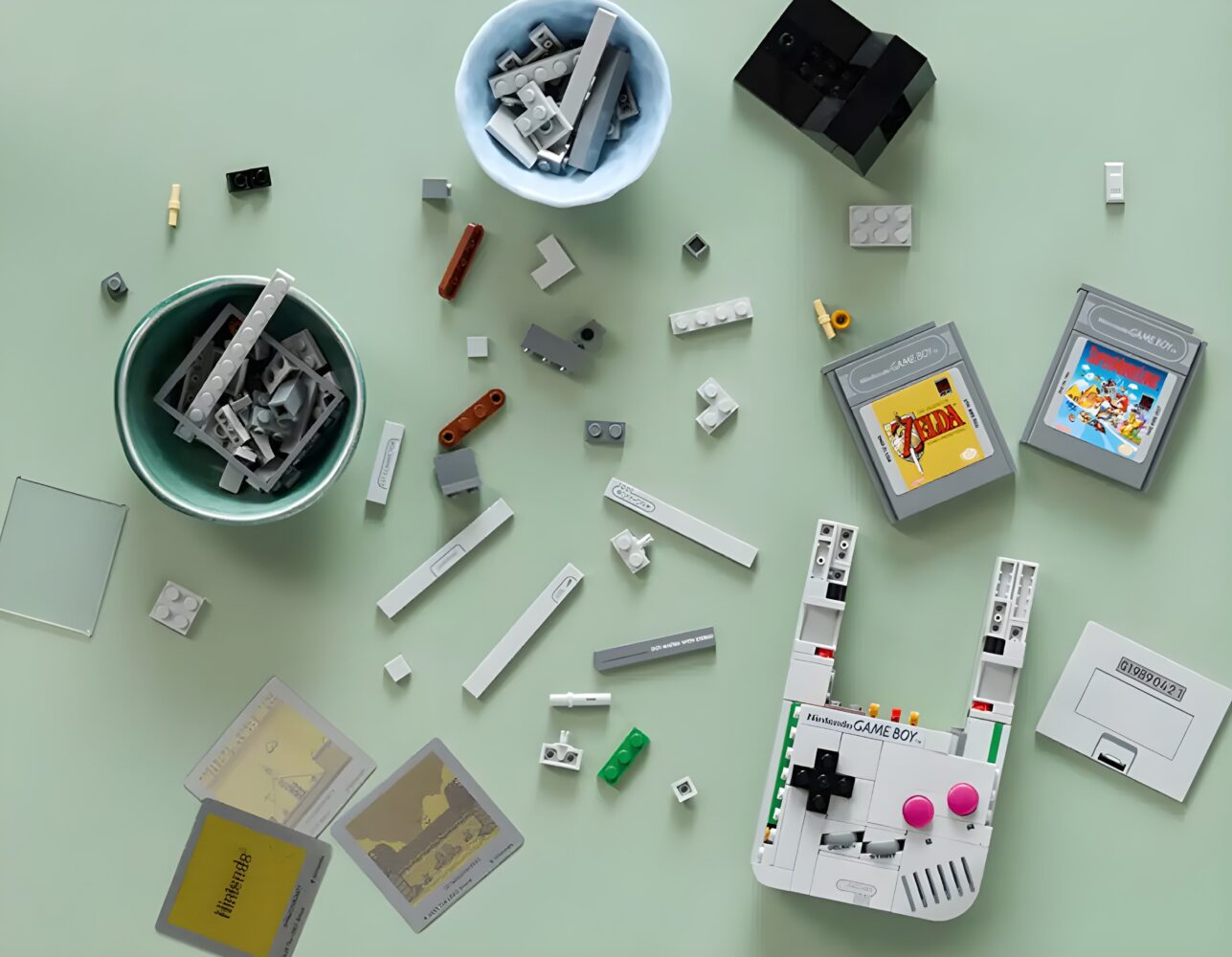
Now, in 2025, LEGO has bottled all of that nostalgia and said, “What if you could build that memory with your own hands?” The result is set 72046 — the LEGO Game Boy, a $59.99 tribute to Nintendo’s handheld titan that drops on October 1st, 2025. It’s not a toy in the traditional sense. It doesn’t play games, it doesn’t light up, and it certainly doesn’t need batteries. Instead, it’s a 421-piece, near 1:1 replica that sits on a stand and dares you not to smile every time you see it.
This isn’t just another licensed LEGO tie-in. It’s a collision of two cultural juggernauts, both masters of childhood joy. And building it feels like stepping into a time machine powered by plastic studs.
A Love Letter to the Original Game Boy
Before I gush about LEGO’s achievement, let’s remind ourselves why the Game Boy mattered so much. Released in 1989, it wasn’t technically the first handheld console, but it was the one that mattered. Others had sharper screens, more colors, even fancier tech, but the Game Boy had two things: battery life and Tetris. That was enough to steamroll the competition and make it the must-have gadget for kids, teens, and even bored adults who suddenly found themselves addicted to stacking blocks.
Nintendo didn’t just give us a handheld console. They gave us a cultural anchor. The Game Boy was at soccer practice, being passed around on the bench. It was at sleepovers, where four kids would huddle around one tiny screen, swapping turns like it was an Olympic event. It was at airports, keeping you sane during delays. And maybe most importantly, it was in your room at night, hidden under a blanket with a worm light so your parents didn’t know you were still awake.
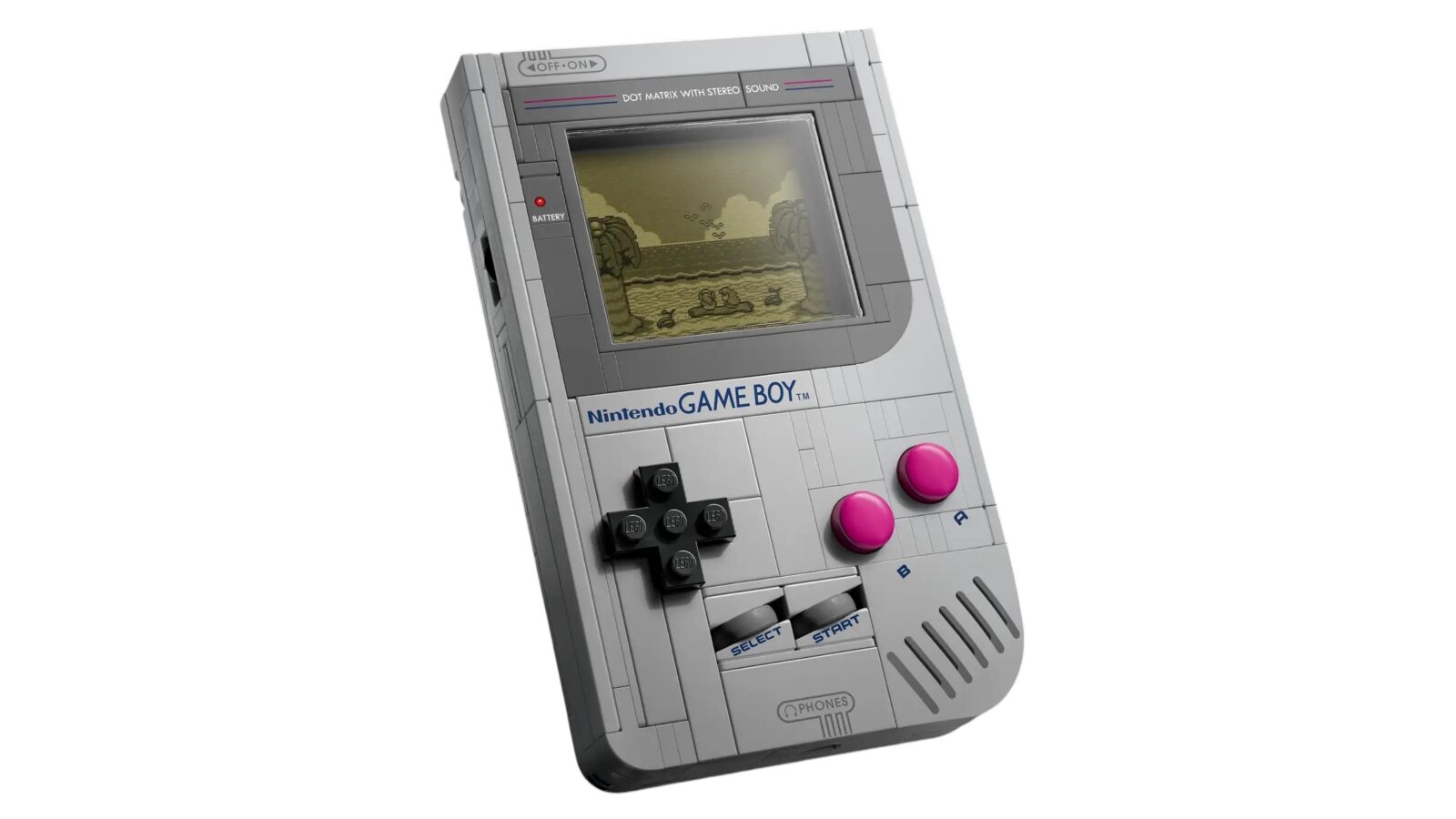
By the time Link’s Awakening, Pokémon Red and Blue, and Super Mario Land hit, the Game Boy wasn’t just a gadget — it was a lifestyle. Nintendo had taken the idea of gaming as a “thing you do at home” and made it mobile, personal, and constant. To this day, you can trace the DNA of the Switch, the 3DS, and even the Steam Deck back to the Game Boy.
So when LEGO says, “Hey, let’s make a brick version of it,” they’re not just selling a set. They’re selling a ticket back to that time.
First Impressions: The Box and the Vibes
I’ll be honest — as much as I love the bricks inside, I’m also a sucker for good LEGO packaging. And the Game Boy’s box absolutely nails the “adult collectible” vibe. It’s part of LEGO’s “Adults Welcome” series, which means clean, dark box art, minimal noise, and a serious aesthetic that whispers: “Yes, you’re 35 and you’re allowed to buy this without shame.”
The Game Boy itself is front and center, rendered in bricks but looking eerily close to the real thing. Flip the box around and you get little teasers of the build process, the lenticular screen effect, and the interchangeable cartridges. There’s a kind of reverence here, like LEGO knows this is more than just another set — it’s a cultural icon that has to be presented with the same gravitas as, say, the LEGO NES or the LEGO Eiffel Tower.
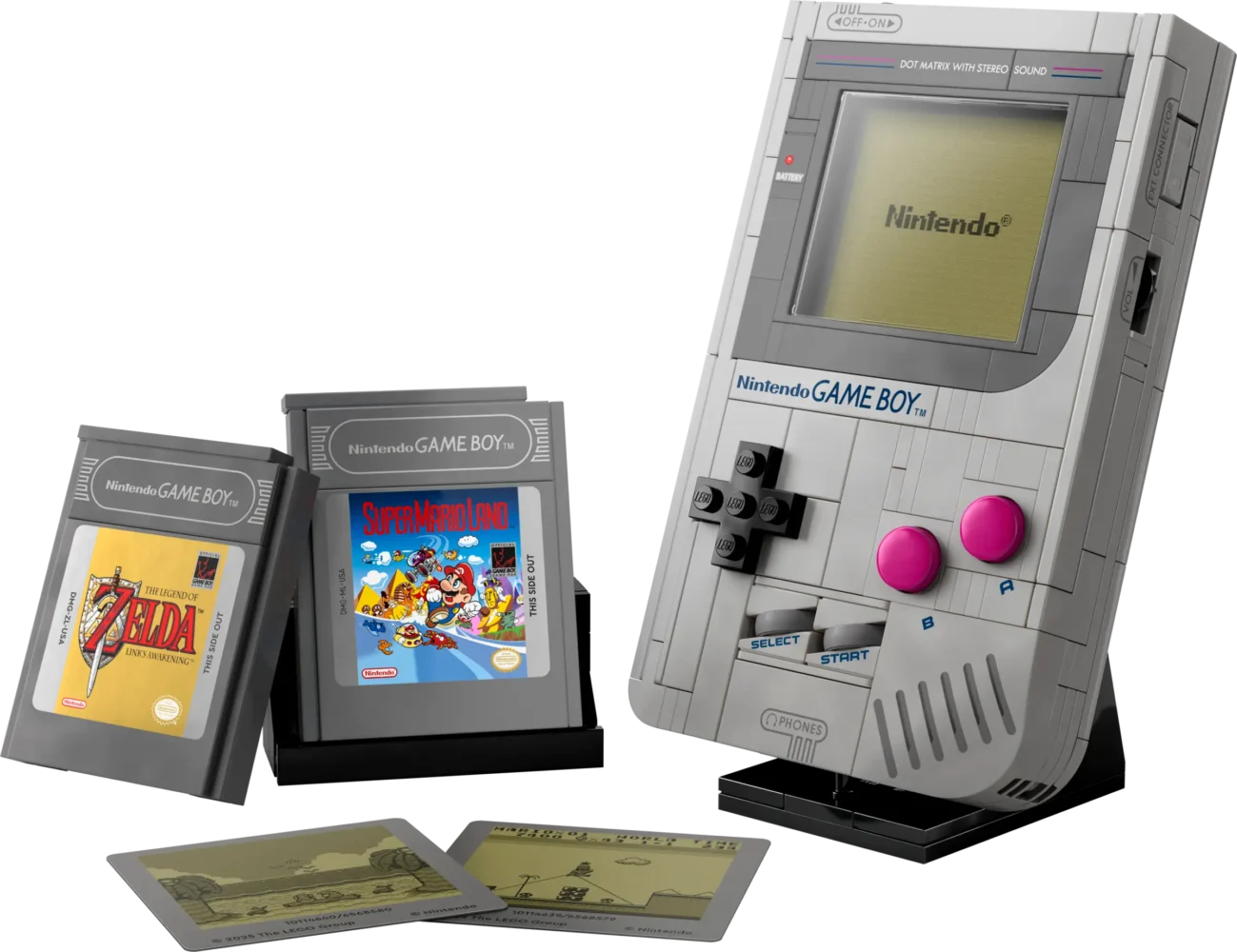
Inside, you get six numbered bags, a stand-alone instruction booklet, and the immediate hit of nostalgia as you realize you’re about to “play” a Game Boy by building one. The manual isn’t just instructions — it’s part history lesson, part fan letter. LEGO knows exactly what they’re doing here.
The Build Experience: Therapy in Brick Form
Here’s where LEGO really shines: the build. At 421 pieces, this isn’t the most complex set in the catalog. You won’t be wrangling Technic gears or trying to decode advanced building techniques. But what you will get is a laser-focused, zen-like building experience that feels equal parts puzzle and nostalgia trip.
The early stages are all about creating the Game Boy’s blocky chassis. It’s sturdy, chunky, and satisfying, like you’re assembling a miniature tank that just happens to double as your childhood. Slowly, the silhouette emerges, and before long you’re holding something that feels eerily familiar in your hands.
Then come the buttons. And my friends, this is where the magic kicks in. The +Control Pad is brick-built but designed to feel pressable. The A and B buttons are rounded and pop just enough under your fingers that your brain gets tricked into remembering the real thing. Even SELECT and START are there, recreated as small horizontal bars that beg to be “pressed” even though you know they’re inert.
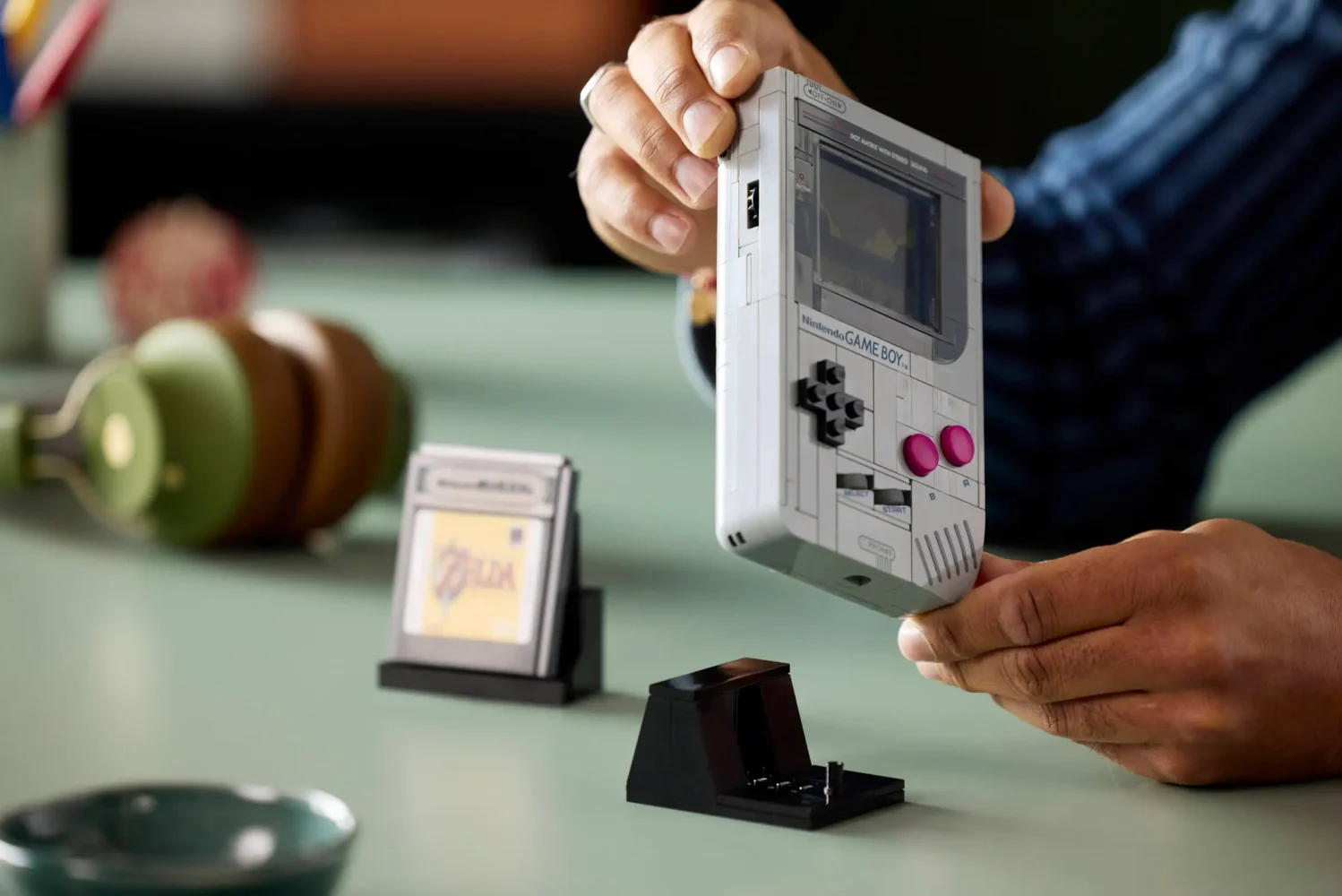
And then, the pièce de résistance: the cartridges. You get two full builds — one styled after Super Mario Land, the other after The Legend of Zelda: Link’s Awakening — plus a Nintendo start screen option. Each one slots into the Game Boy’s rear cartridge slot with a satisfying click. And yes, you will instinctively try to blow on it before putting it in. The lenticular screen effect is pure genius. Tilt it one way, Mario jumps. Tilt it another, and Link is adventuring. It’s a low-tech illusion, but it hits just as hard as when you saw your first stereogram poster in the ’90s.
Display Value: The Perfect Desk Flex
Once built, the LEGO Game Boy sits on its included stand like a tiny museum piece. It measures about 5.5 inches tall, 3.5 wide, and just 1 inch thick — basically the same size as the real deal. This isn’t a shrunken chibi version or a blown-up parody. It’s as close as LEGO could legally get to making a real Game Boy without soldering wires inside.
Put it on your desk, and I guarantee you’ll get comments. It’s the kind of thing that makes coworkers, roommates, or random visitors stop and say, “Wait, is that… LEGO?” And then they’ll want to touch it, press the buttons, maybe even ask where the on switch is. It’s pure shelf candy, and at $59.99, it’s a surprisingly affordable centerpiece compared to some of LEGO’s other Nintendo collabs.
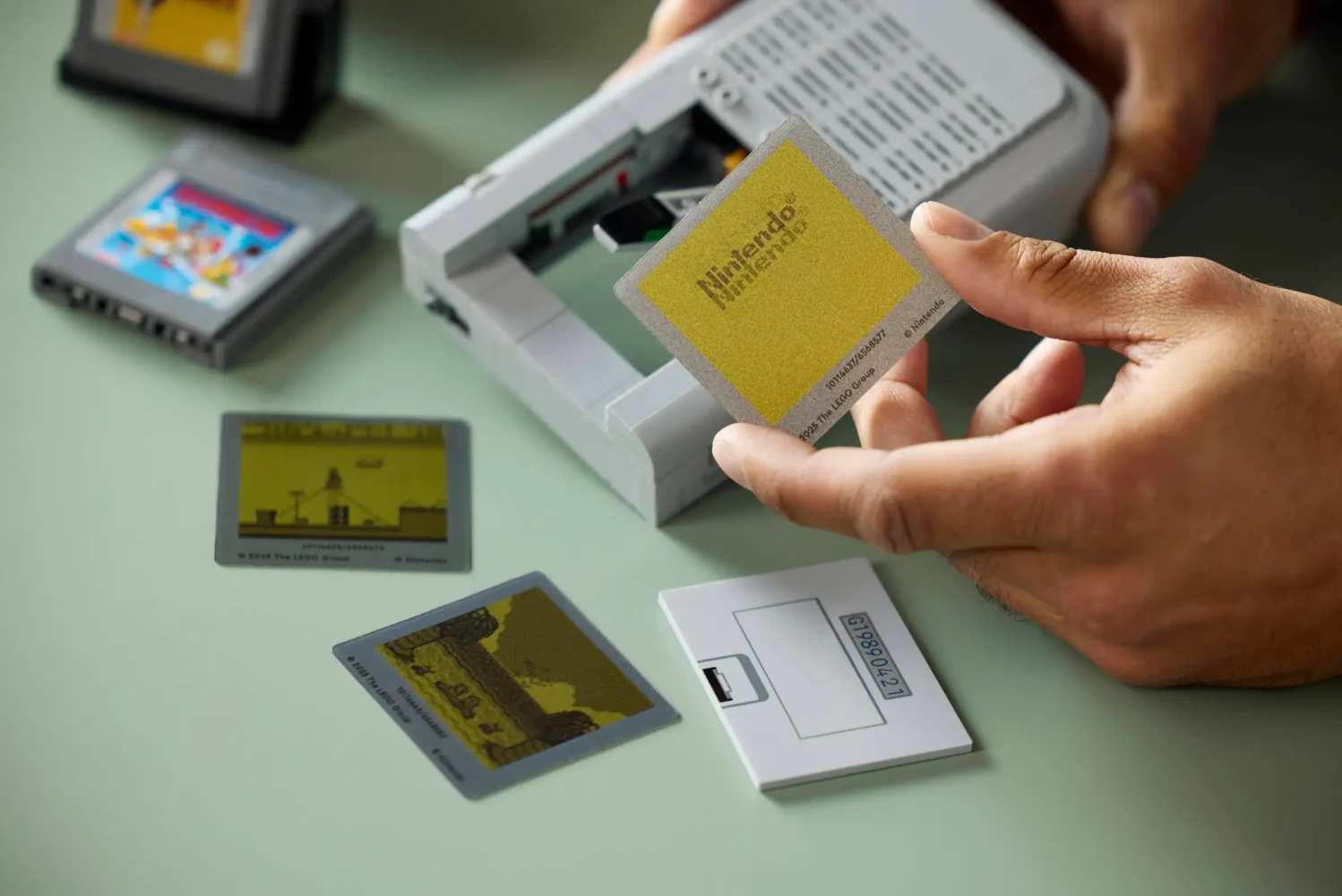
Features: What It Does (and Doesn’t) Do
Now, let’s be clear. This is not a functional Game Boy. There are no electronics inside. No hidden emulators. No Bluetooth gimmicks. It’s a static model, and LEGO makes no attempt to pretend otherwise.
But what it does offer is almost better:
- Interactive Buttons: They don’t actually control anything, but they press just enough to trick your nostalgia reflexes.
- Game Pak Slot: Fully functional in the sense that you can swap cartridges, insert them, and pull them out with that tactile “click.”
- Lenticular Screens: Tilt it, and the illusion of gameplay happens before your eyes. No batteries required.
- Volume and Contrast Dials: Purely cosmetic, but delightful in their accuracy.
It’s essentially a love letter in plastic. LEGO didn’t overcomplicate things with unnecessary features. They leaned into the tactile, the visual, and the emotional — the stuff that actually matters when you’re reliving a memory.
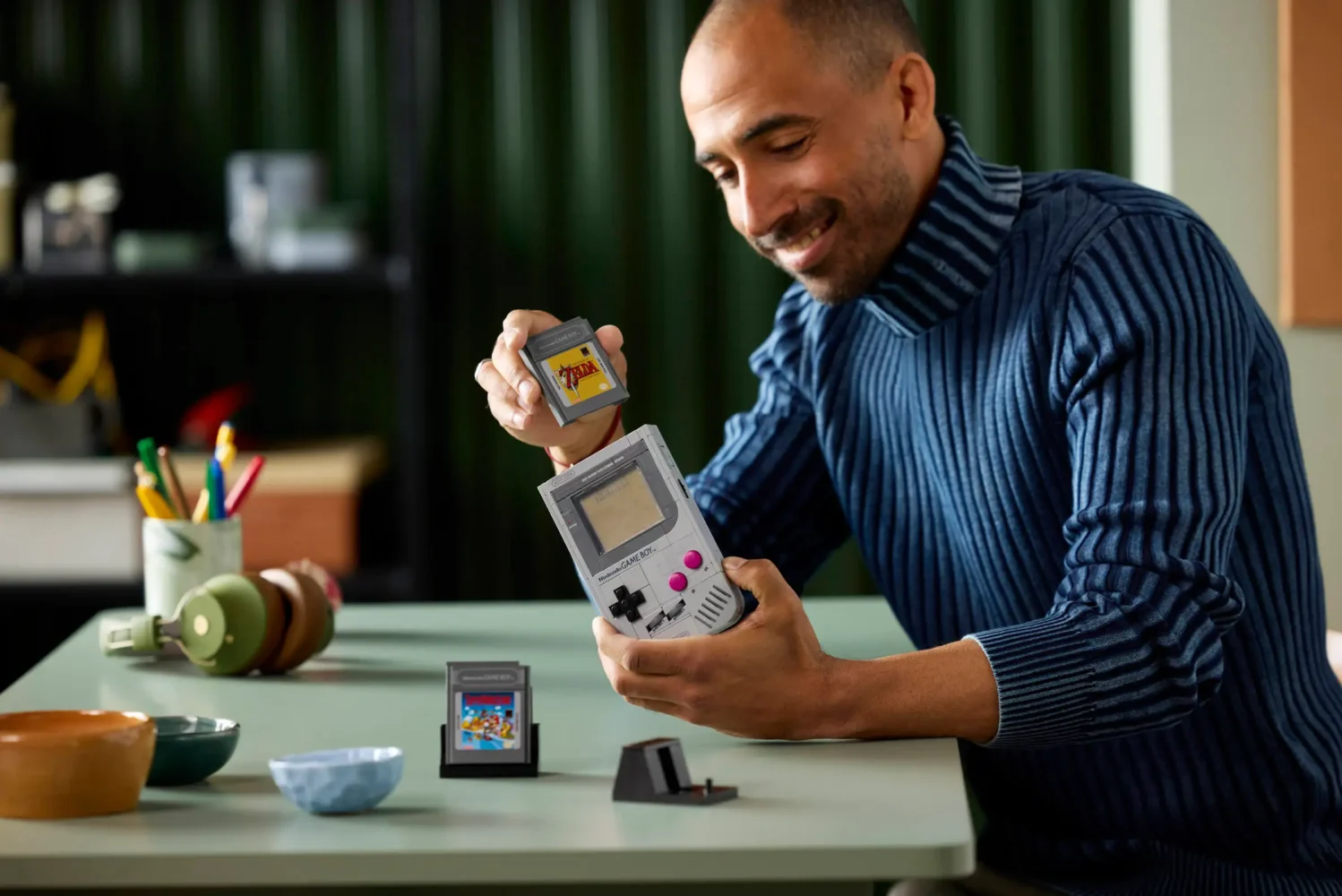
Who It’s Really For
LEGO says this is for ages 18 and up, and that’s not just a safety disclaimer. This set is aimed squarely at the adults who grew up with the Game Boy. If you’re in your late 20s to 40s, this is a nostalgia bomb engineered in Denmark specifically for your demographic.
It’s for the Nintendo collectors who already have a shelf of amiibo, maybe the LEGO NES, and are now grinning ear to ear because they can add a Game Boy to the lineup. It’s for the AFOLs (Adult Fans of LEGO) who love display builds that spark conversation. And yes, it’s also for the parents who want to show their kids, “This is what Dad played before you had Fortnite.”
Could kids build it? Absolutely. At 421 pieces, it’s not intimidating. But will they care? Probably not, unless you’re raising a retro-obsessed 12-year-old who thinks chiptunes are cooler than Spotify. This one is, unapologetically, for us grown-ups.
Final Thoughts: Bricks, Buttons, and Bliss
At the end of the day, the LEGO Game Boy isn’t about complexity. It’s about emotion. It’s about taking an object that defined a generation and letting you recreate it piece by piece, click by click. And when you slot that cartridge in, press the D-pad, and tilt the lenticular screen, you’ll swear for half a second that you can hear the faint chime of the Nintendo start-up sound.
For $59.99, this is one of the best nostalgia investments you can make. It’s cheaper than a new AAA game, takes less time to build than a weekend binge session, and leaves you with a display piece that will spark joy for years.
No, it doesn’t play Tetris. But honestly? It doesn’t need to.

